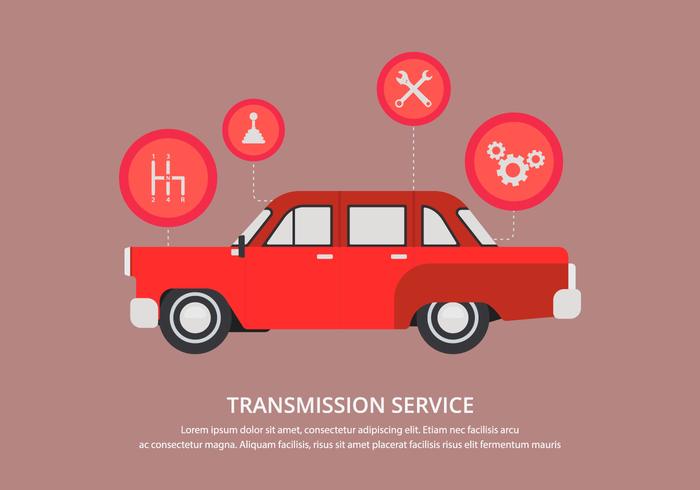Analyzing Your Vehicle'S Alert Lighting: Their True Ramifications
Analyzing Your Vehicle'S Alert Lighting: Their True Ramifications
Blog Article
Web Content Author-Samuelsen Gilbert
When you're behind the wheel, those beautiful warning lights on your dashboard can be a little bit complicated. Do you understand what they're attempting to inform you about your auto's health? Comprehending the significance of these lights is essential for your safety and the durability of your car. So, the following time one of those lights pops up, would not you intend to analyze its message accurately and take the needed steps to address it?
Common Caution Lights and Interpretations
Identify typical warning lights in your car and recognize their meanings to guarantee safe driving.
One of the most regular caution lights consist of the check engine light, which indicates issues with the engine or exhausts system. If this light begins, it's vital to have your vehicle checked without delay.
The oil pressure warning light suggests low oil pressure, needing prompt attention to prevent engine damages.
A flashing battery light may recommend a malfunctioning billing system, potentially leaving you stranded otherwise attended to.
The tire stress surveillance system (TPMS) light alerts you to low tire pressure, impacting vehicle stability and gas performance. Disregarding this might result in unsafe driving conditions.
The ABS light shows an issue with the anti-lock braking system, endangering your capability to quit swiftly in emergency situations.
Finally, the coolant temperature advising light warns of engine getting too hot, which can result in extreme damages if not dealt with promptly.
Comprehending these common warning lights will certainly aid you resolve issues quickly and maintain secure driving conditions.
Relevance of Prompt Focus
Understanding the usual caution lights in your vehicle is just the very first step; the importance of immediately dealing with these cautions can not be stressed enough to guarantee your safety when traveling.
When a caution light brightens on your dashboard, it's your car's means of communicating a possible concern that requires focus. Overlooking https://www.aarp.org/auto/car-maintenance-safety/info-2021/diy-maintenance.html can bring about much more severe troubles later on, endangering your safety and security and potentially costing you a lot more out of commission.
upthewahs nz to cautioning lights can prevent breakdowns and crashes. For instance, a blinking check engine light can show a misfire that, if left neglected, might trigger damages to the catalytic converter. Resolving this promptly can conserve you from a costly fixing.
In a similar way, a brake system warning light may indicate reduced brake fluid or worn brake pads, important parts for your safety and security when driving.
Do It Yourself Troubleshooting Tips
If you see a caution light on your dashboard, there are a couple of DIY troubleshooting tips you can attempt prior to looking for specialist assistance.
The initial step is to consult your auto's guidebook to understand what the certain caution light indicates. Sometimes the problem can be as easy as a loose gas cap causing the check engine light. Tightening up the gas cap might resolve the trouble.
One more usual problem is a low battery, which can activate various warning lights. Checking the battery links for rust and ensuring they're safe and secure might take care of the problem.
If a warning light lingers, you can try resetting it by disconnecting the cars and truck's battery for a few minutes and after that reconnecting it. In addition, inspecting your lorry's liquid degrees, such as oil, coolant, and brake liquid, can help troubleshoot advising lights related to these systems.
Verdict
In conclusion, comprehending your car's warning lights is necessary for maintaining your car running efficiently and safely. By promptly resolving these alerts and knowing what they suggest, you can stay clear of expensive fixings and possible break downs.
Remember to consult your cars and truck's manual for particular details on each cautioning light and take action appropriately to ensure a trouble-free driving experience.
Stay notified, stay risk-free on the road!
